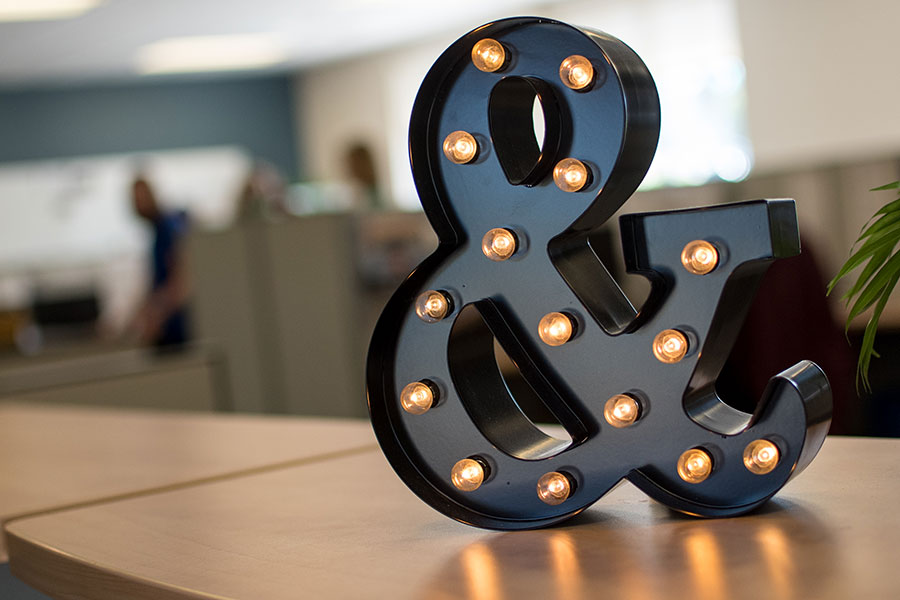
With ISTE 2010 right around the corner, it may be a good idea to brush up on your media training skills. Whether you have meetings already set up with members of the education trade press, or you just want to be prepared in case someone stops by your booth for a quick interview, it can’t hurt to review the basics.
 Handling tough media meetings, or any interview for that matter, can be uncomfortable even for the most veteran company spokespersons. Beyond remembering to stay calm and professional, however, there are a few tricks that can help you stay on message while still answering the reporter’s more abrasive or probing questions.
Handling tough media meetings, or any interview for that matter, can be uncomfortable even for the most veteran company spokespersons. Beyond remembering to stay calm and professional, however, there are a few tricks that can help you stay on message while still answering the reporter’s more abrasive or probing questions.
The real key to handling tough media meetings is realizing that you are always in control. Using your verbal prowess, you can focus the discussion on what you want to talk about. There are two techniques that can help when it comes to answering interview questions – transitional phrases known as “flags” and “bridges.”
Flags
You may say a lot of things during a meeting, but to emphasize the points that you truly want to get across, you will want to use “flags.” Flags are verbal signals that cue the reporter, alerting him or her to pay close attention because you are going to saying something important. When you are delivering one of your key messages, practice using flags such as:
- The most important point to remember is…
- Let me tell you how it works…
- In fact…
- Let me give you an example…
- The real issue here is…
- What matters most to educators today is…
- Educators always tell us…
- It boils down to this…
- Simply put…
- The truly critical issue is…
- Here is what I want people to know…
- There are three reasons for that. The first is…
- The bottom line is…
- Here is a fact for you…
- If you take away one thing from our discussion today, it should be this…
Bridges
Political debates provide a perfect example of a skill long practiced and perfected by public speakers: the ability to answer (or get out of answering) the really tough questions. No matter what difficult questions are thrown your way during a challenging situation, you can always avoid the question and get back to your key talking points by using a verbal technique known as a “bridge.” Bridges are phrases that help you transition from the reporter’s question back to the message you want the reporter to hear:
- I don’t know, but let me tell what I do know…
- That’s important, but the truly critical question is…
- That’s one way to look at the issue, but think about it this way…
- The answer is no, we’re not doing that, but let me tell what we are doing…
- I don’t know what they [competitors] do, but let me tell you what our philosophy is. Based on our years of experience, we…
- The facts are…
- From my perspective…
- I’ve heard that, too, but the real focus should be…
- Here’s an even tougher question…
- If I may, let me pick a more important point…
- The reality for today’s educators is…
- Let’s talk about something I’m even more familiar with…
- Opinions can differ, but what I believe is…
- Let me tell you what our philosophy is…
- The question should be…
- What concerns me even more is…
- What’s more important is…
Practice these phrases so they become second nature. These techniques work not only during difficult situations and crises, but also in media meetings under “normal” conditions.
